Health Insurance
4 in 10 Americans Feel Safe Dining Indoors Amid Coronavirus — Here's How They Feel About Other Activities
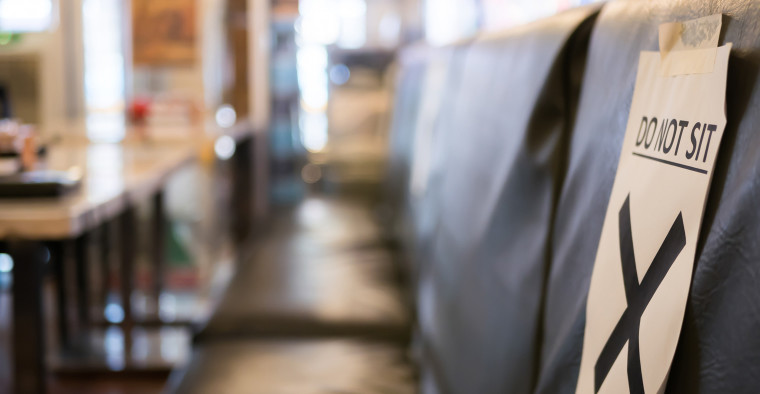
With that in mind, ValuePenguin asked more than 1,000 consumers about their feelings on safety, who they trust for COVID-19 information and their thoughts on returning to work.
Key findings
- 4 in 10 Americans feel safe dining indoors amid the coronavirus crisis. That number jumps to 57% for Republicans, 49% for Gen Xers and 46% for men.
- Nearly 1 in 10 consumers don’t trust any source for coronavirus-related information. Only 15% trust local or national media, while just 14% trust the White House.
- Women are more likely to trust doctors, the Centers for Disease Control and Prevention (CDC) and Dr. Anthony Fauci — director of the National Institute of Allergy and Infectious Diseases — for information about the coronavirus pandemic, while men are more likely to trust family, friends, social media and the White House.
- 42% of remote workers feel comfortable returning to the office, but 13% want a vaccine available before going back.
- 21% percent of Americans are definitely not interested in participating in contact tracing initiatives.
How safe — or unsafe — consumers feel about these pandemic activities
Activities that consumers have deemed the safest in their area amid the coronavirus pandemic include:
- Getting takeout (67%)
- Dining outdoors (58%)
- Visiting with friends outdoors (57%)
- Going shopping (51%)
- Getting personal care (47%)
As for what’s unsafe, going to a sporting event (60%), attending a party with about 50 people (59%) and going to the gym (54%) were the highest.
Respondents were generally split on going to work in a physical space, as 38% would feel safe and 45% would feel unsafe. Similarly, usage of public restrooms was another split topic, with 37% feeling safe and 48% feeling unsafe.
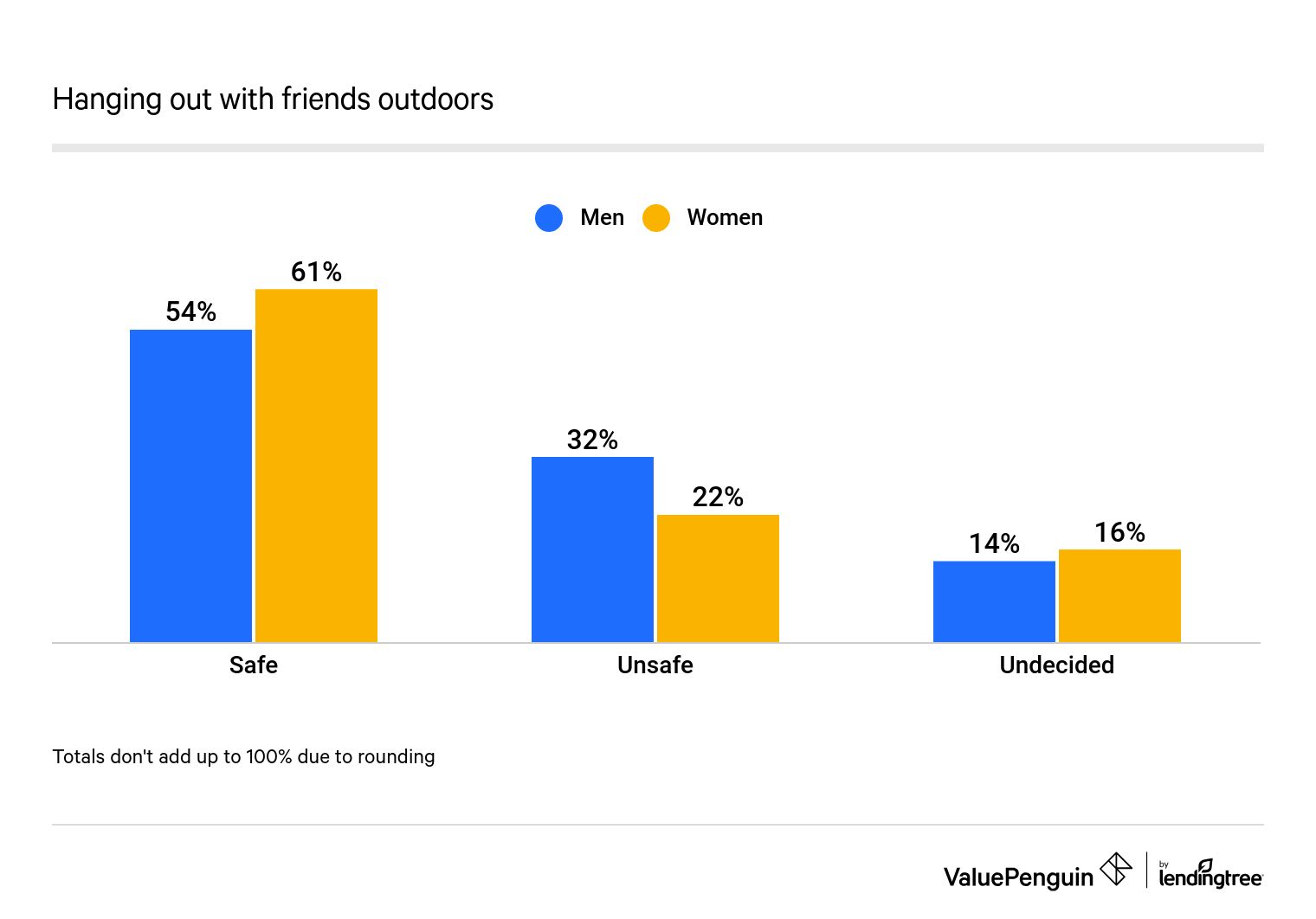
Men, Gen Xers and Republicans felt safer going to the gym and flying on an airplane than those in related demographics. Taking a different look, a third of men would feel safe at a party of 50 or so people, as would 37% of Gen Xers and 40% of Republicans.
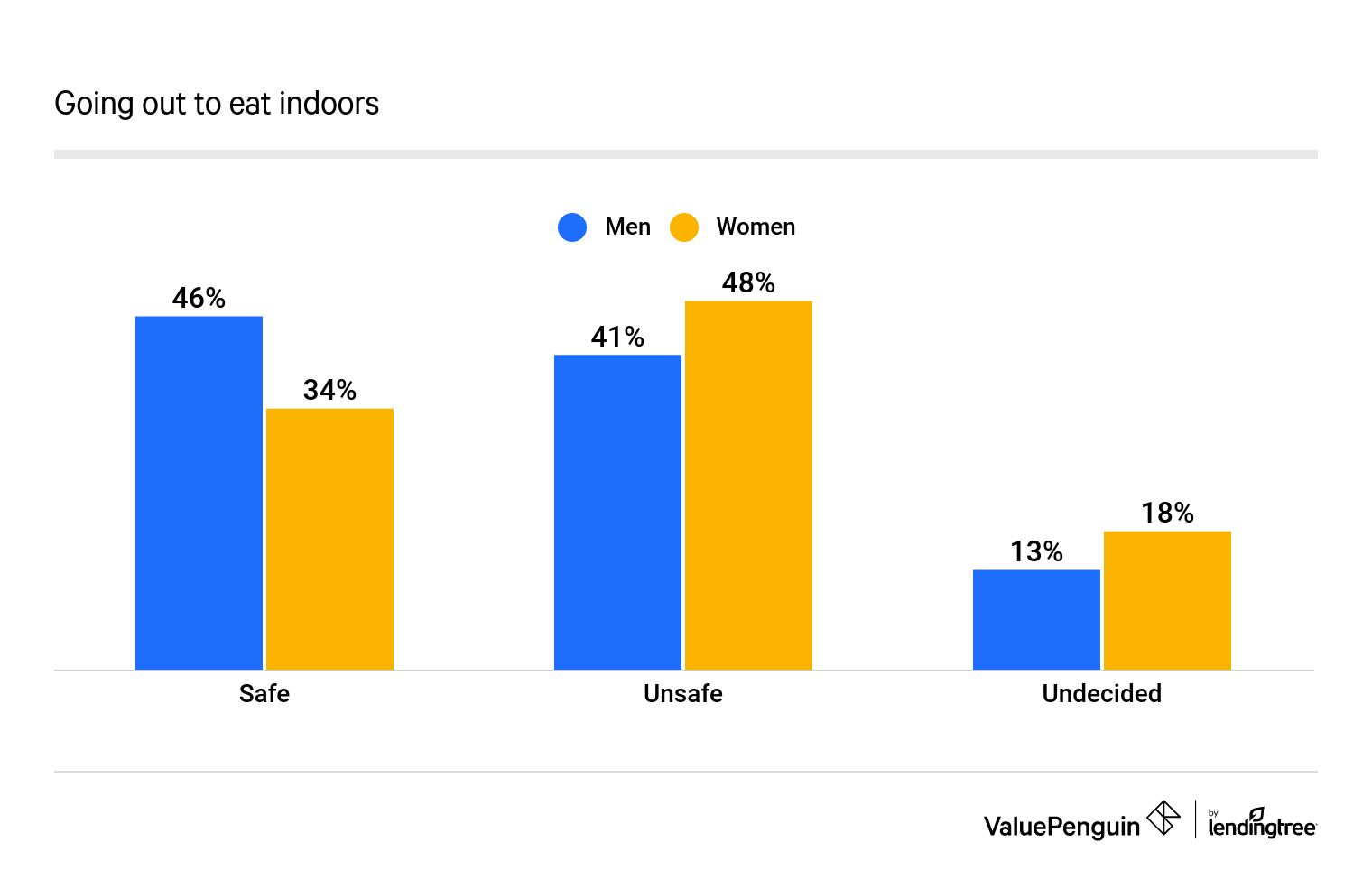
More than 6 in 10 women would feel unsafe flying on an airplane. However, Gen Xers responded in an opposite fashion, with 47% saying they would feel safe flying on an airplane, compared with 41% who would feel unsafe. Furthermore, this was nearly 30 percentage points higher than how baby boomers responded to feeling safe flying.
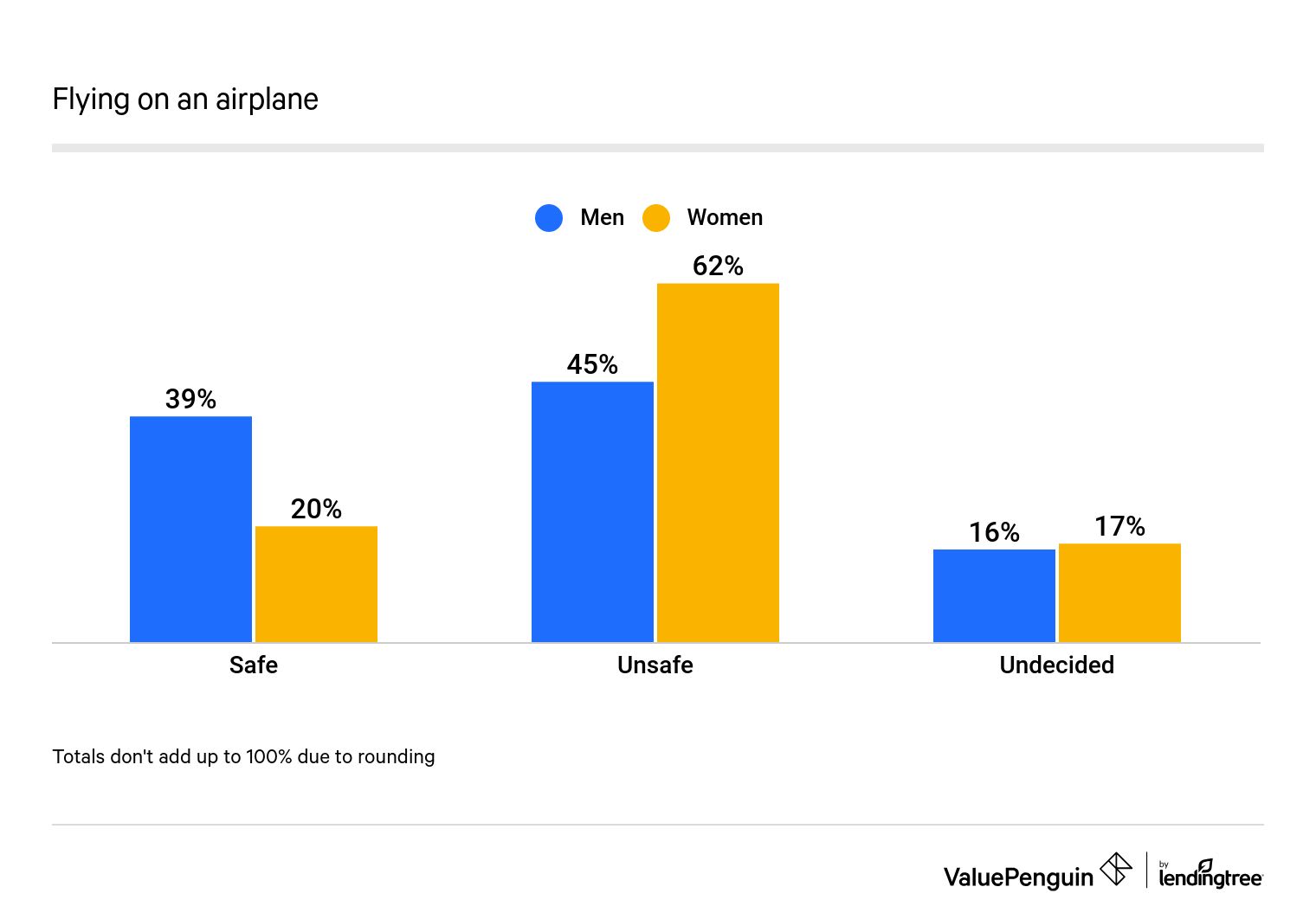
Consumers’ opinions on trusted sources vary significantly by demographic
More than half of respondents (55%) said they trust a doctor or other medical professional for information regarding the coronavirus when it relates to health and safety. The next-closest sources of trust included the CDC (33%), Dr. Fauci (32%) and family members (28%).
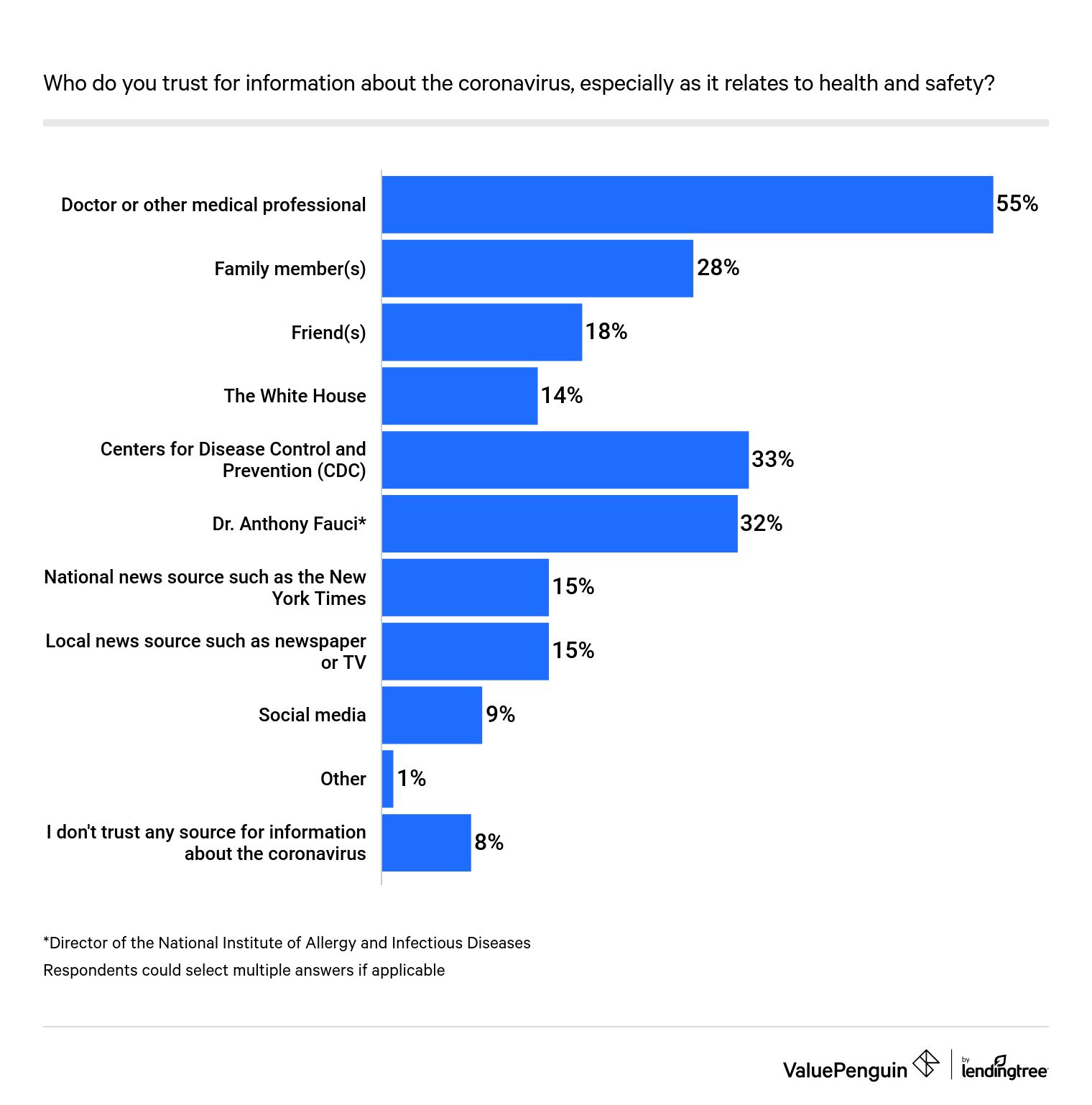
Women were more likely than men to trust the CDC, Dr. Fauci and medical professionals. Specifically, 60% of women said they trust doctors for COVID-19 information, while 40% trust Dr. Fauci.
Meanwhile, 36% of men trust their family members for information, versus 21% of women. And 14% of men trusted social media for coronavirus updates, compared with 3% of women.
Younger individuals tended not to trust any sources, with nearly one in six Gen Z respondents answering this way — more than double any other generation surveyed. On the other hand, baby boomers were more likely to trust doctors, the CDC and Dr. Fauci than other generations.
Although there’s apprehension, many remote workers are ready to return to the office
A third of survey respondents are still working remotely because of the coronavirus pandemic. Of those, 42% would feel comfortable returning to the office now, but their employers have decided to remain closed. However, more than half of our respondents had differing timelines and requirements on when they would feel comfortable returning to their work, including 13% who would only do so once a vaccine is available. Nearly a quarter of those surveyed would consider going back in the first quarter of 2021.

Over half of remote workers wanted restrictions and requirements implemented before they would consider returning to an office lifestyle. For example, over three-quarters (76%) would want mask requirements and 52% would want hand sanitizing stations in the office. Furthermore, in regards to work-life balance, a third of individuals would want fewer in-person meetings, while 23% would want staggered work schedules to avoid a crowded office setting.
More education about contact tracing is needed
Contract tracing has been a crucial tool in trying to slow the spread of the coronavirus. However, contact tracing requires compliance from individuals to share their whereabouts, giving up some of their implied freedoms. Of those surveyed, over one-fifth (21%) are completely opposed to participating in contact tracing initiatives, while an equal percentage would only consider doing so after receiving more information.
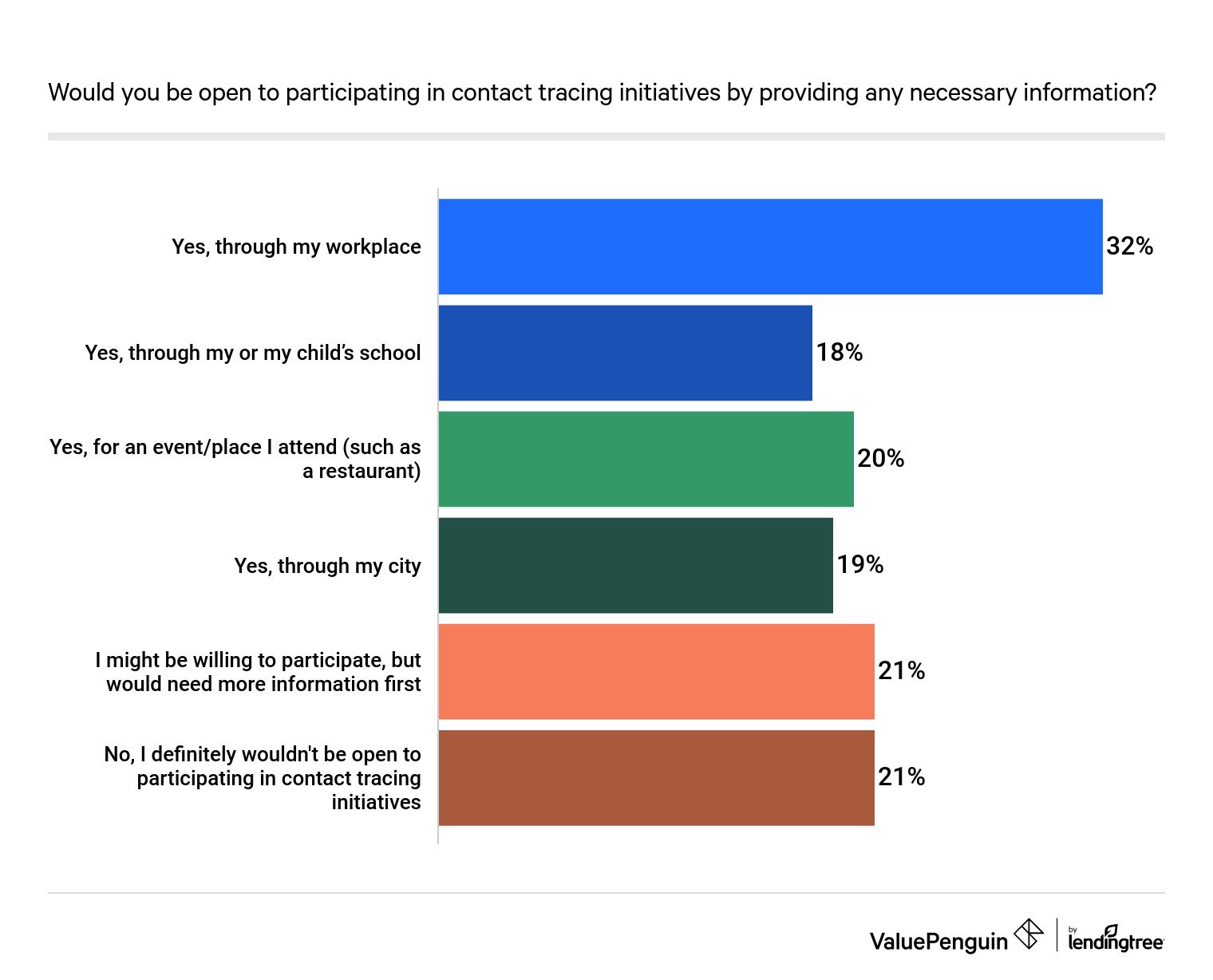
Generally, men and Gen Xers were more likely to respond that they would participate in contact tracing. Democrats and Republicans were somewhat equally open to the practice if it occurred in schools and at restaurants. However, the two parties varied by 12 percentage points (42% and 30%, respectively) on whether they would be willing to participate in contact tracing through their workplace.
Methodology
ValuePenguin commissioned Qualtrics to conduct an online survey of 1,034 Americans, with the sample base proportioned to represent the overall population. The survey was fielded Oct. 2-6, 2020.
- Generations are defined as the following as of October 2020:
- Gen Zers: Ages 18 to 23
- Millennials: Ages 24 to 39
- Gen Xers: Ages 40 to 54
- Baby boomers: Ages 55 to 74
